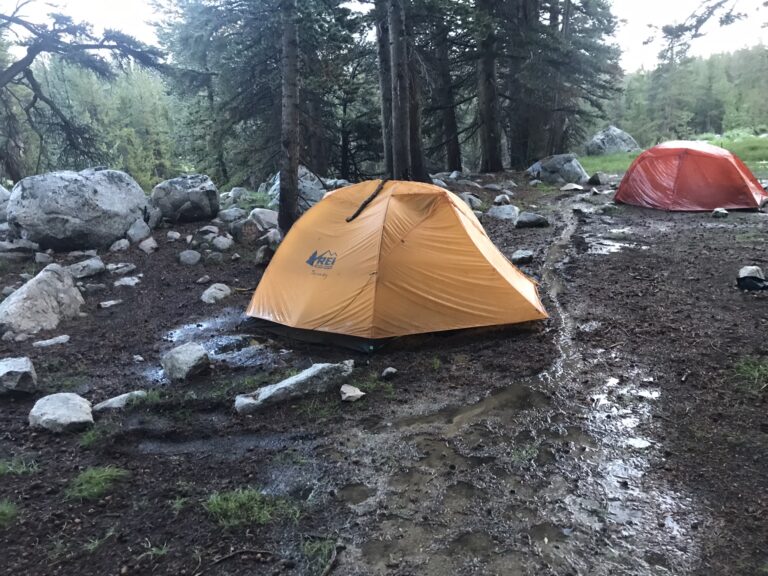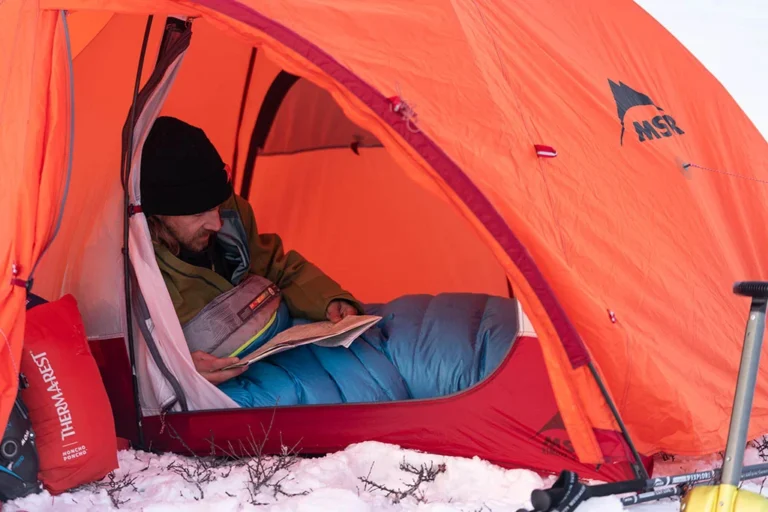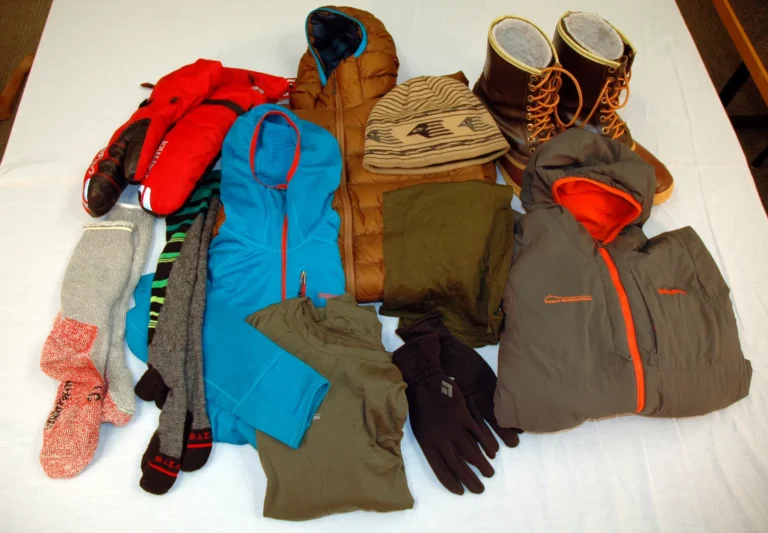How to Dress in Layers
Your Base Layer: Moisture Management
This is your next-to-skin layer. More than any other layer, the base layer helps regulate your body temperature. If you’ve ever worn a cotton T-shirt under your raincoat while you hiked, you probably remember feeling wet and clammy, even though you weren’t getting wet from the rain itself.
Trapped inside your clothing, perspiration can leave you chilled or damp no matter how well your outer shell fends off rain and snow. Cotton is an example of a fabric that retains perspiration and can leave you vulnerable to unwanted chills.
If you’re active, your next-to-skin layer should be materials such as silk, wool or synthetic fabric like polyester. Rather than absorbing moisture, these fabrics transport (or “wick”) perspiration away from your skin, dispersing it on the outer surface where it can evaporate. The result: you stay drier even when you sweat, and your shirt dries faster afterwards.
Your Middle Layer: Insulation
The insulating layer helps you retain heat by trapping air close to your body. Polyester fleece vests, jackets and tights are classic examples of insulation ideal for outdoor activities. They not only trap air but are also made with moisture-wicking fibers to help keep you dry.
Natural fibers such as wool and goose down are excellent insulators. Wool sweaters and shirts (especially the new generation of merino wool products) offer soft, reliable warmth and keep on insulating even when wet. For very cold and dry conditions, goose down is still an excellent choice. It offers an unbeatable warmth-to-weight ratio and is highly compressible. Down’s one drawback is that it must be kept dry to maintain its insulating ability.
(Some new down product has a hydrophobic finish that keeps rain, sweat or melting snow from soaking in while allowing internal moisture to escape.)
Classic fleece such as Polartec 100, 200, or Thermal Pro polyester and synthetic insulation such as Thinsulate provide warmth for a variety of conditions. These are popular insulators because they’re lightweight, breathable and insulates even when wet. They also dry faster and have a higher warmth-to-weight ratio than even wool. Classic fleece’s main drawbacks are wind permeability and bulk (it’s less compressible than other fabrics).
Wind fleece such as Polartec Wind Pro polyester or Gore WindStopper adds a high level of wind resistance to fleece. It accomplishes this via a hidden membrane that does not affect breathability or the other things we love most above fleece.
Your Shell Layer: Weather Protection
This shell (outer) layer protects you from wind, rain or snow. Shells range from pricey mountaineering jackets to simple windproof jackets, but most are designed to block precipitation and hold in your body heat while allowing water vapor to escape. This is an important piece when you’re active, because if wind and water are allowed to penetrate to your inner layers, you begin to cool off. Furthermore, without proper ventilation, perspiration can’t evaporate but instead condenses on the inside of your shell.
Waterproof/Breathable Shells. These are usually the most functional (and more expensive) choices. They’ll keep you comfortable in any weather, and are especially suited to wet, cold climates and alpine activities. Fabrics (usually
a laminated membrane or sometimes a fabric coating) Gore-Tex and a wide variety of other branded choices. These shells are categorized as rainwear, which emphasizes low weight and packability, or mountaineering wear, which is more abrasion-resistant and has additional features.
Water-Resistant/Breathable Shells. These are best for mild weather, light precipitation and high activity levels. They’re usually made of tightly woven fabrics (such as mini ripstop nylon) that block the wind and treated with a Durable Water Repellent (DWR) outer finish to make water bead and roll off.
Soft Shells. While most offer good wind and rain resistance, soft shells emphasize breathability. They are usually designed to offer both shell and insulative properties, so they in effect combine two layers into one. Most feature stretch fabric panels for added comfort during aerobic activities. As this category has grown in popularity, styles have become specialized by season, so you’ll now find cold-and mild-weather options.
Waterproof/Non-Breathable. Typically made of a durable, polyurethane-coated nylon, which is water- and windproof, these economical shells are ideal for rainy days with light activity.






